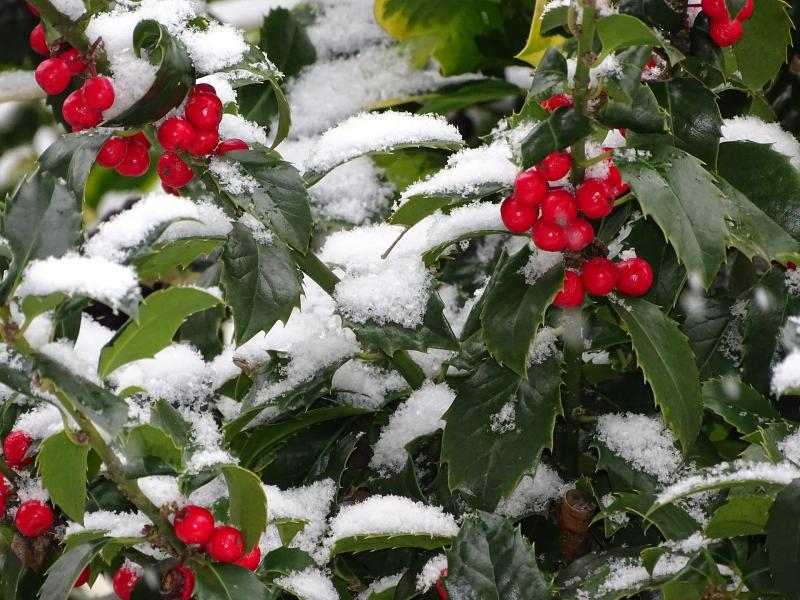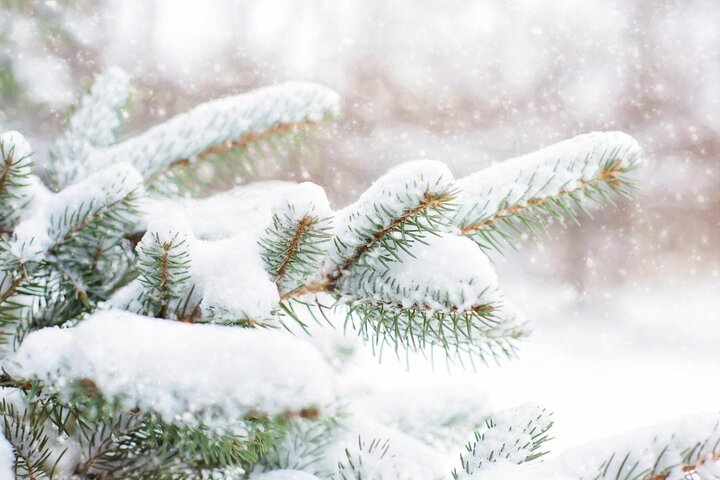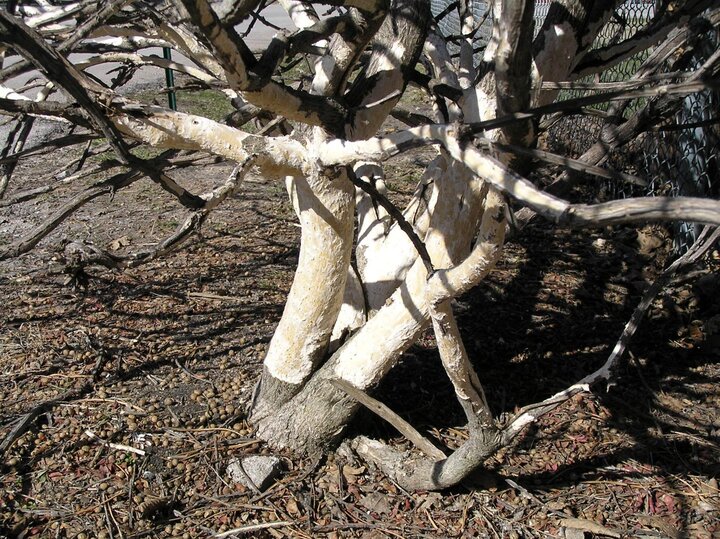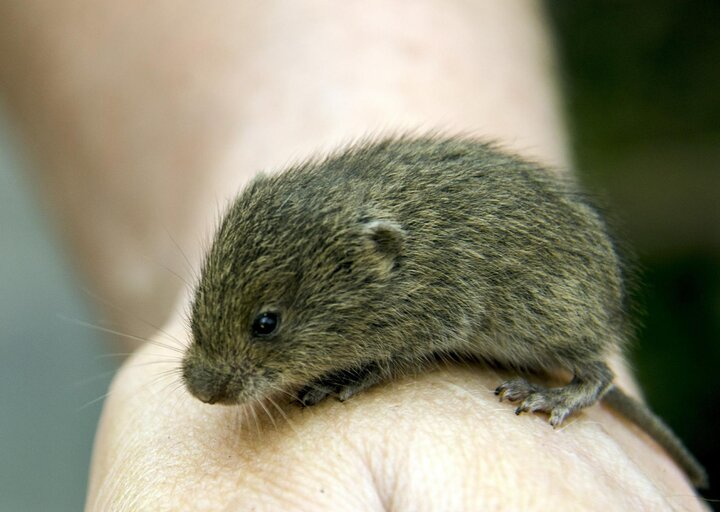Sarah Browning, Nebraska Extension Educator

Red holly berries stand out brightly against a white backdrop of snow. Image by Pixabay.com
We’ve had our first taste of winter but while opinions may vary on the desirability of snow - particularly the amount that falls! - snow actually has several benefits for landscapes and gardens.

Soil Insulation
The term “blanket of snow” is a good description for snow’s insulating effect for underlying soil. Fresh uncompacted snow contains a high percentage of trapped air, making it an excellent thermal insulator. This property of snow has been recognized for hundreds, perhaps even thousands, of years, with snow being banked against homes, cabins or barns to provide extra insulation. As snow depth increases, so does it’s insulating effect.
Thick snow cover slows the freezing of river or lake ice and it has the same effect on soil. Snow traps existing heat in the soil and limits the depth of frozen soil. Without snow, very cold temperatures can freeze the soil deeper and deeper.
Nebraska’s winter temperatures typically fluctuate, with unseasonably warm periods followed by cold. Soil temperatures follow air temperature, getting warmer then colder, resulting in a cycle of freeze and thaw. These soil temperature fluctuations are more difficult for plants to survive than continuously cold frozen soil.
This is especially true for fall plantings, of both woody or herbaceous plants, if they are not planted early enough for some root development to occur. Poorly rooted plants can be pushed up out of the ground due to soil freezing and thawing, a condition called frost heaving. Roots are broken as frost heaving occurs and those now exposed to the air desiccate (dry out) or are killed directly by cold temperatures.
Remember, plant roots are not as cold tolerant as the top growth and will not survive extremely cold temperatures. Nebraska’s winter hardiness zones include 4b (-34.4 to -31.7°F), 5a (-28.9 to -26.1°F) and 5b (-26-1 to -23.3°F). These ratings indicate average minimum air temperatures. Roots can tolerate freezing soil (32°F) but damaging soil temperatures range from 20s to 0°F. Root damaging temperatures vary by plant species.

Winter Moisture
Nebraska also commonly experiences winter drought conditions. Conifers and broadleaf evergreens, such as mahonia, boxwood, euonymous and holly, continue to lose water through their leaves all winter. Their roots must be able to pull up soil moisture to prevent winter desiccation, so winter precipitation is essential. Depending on how severe the soil water deficit, winter desiccation can result in dead leaves, dead stems, dead branches or dead plants.
Even though deciduous plants appear dormant after they have dropped their leaves, roots continue to actively grow until soil temperatures drop below 40°F. Whenever plants (or plant roots) are growing, they need to have available water in the soil to prevent the development of drought stress. Winter precipitation, whether in the form of snow or rain, provides needed soil moisture. Find weekly soil temperature updates throughout the year at https://cropwatch.unl.edu/soiltemperature.
Snow cover also helps hold existing moisture in soil during winter.

Snow Downers
Of course, we all know there are some drawbacks to snow, too. Heavy snow can damage trees and shrubs as the weight accumulates on branches. When heavy snow occurs, carefully brush snow from branches. Woody branches become brittle when very cold and hitting them to remove excess snow can cause more damage.
Another drawback of heavy snow cover is the protected habitat it creates for wildlife, particularly voles. Voles are active all winter, protected beneath the snow from predators. Tender bark at the base of young tree trunks and the stems of shrubs are great winter vole food. Voles tunnel across lawns under the snow, making very visible winding trails as the snows melt in spring.
Rabbits are also more likely to feed on tender bark when the ground is covered by snow and other food sources are difficult to find.
But Count Your Blessings…
One final “snow” positive is the enhanced visibility of some landscape plantings. Trees and shrubs with ornamental bark, such as red twig dogwood or river birches, look more brilliant. The striking red berries of winterberry holly provide a bright color pop against a white snow background. Ornamental grasses left standing from last season are much more visible. Evergreens may look much greener, especially when a bright red cardinal is sitting in them.
But in the end, for me, snow cover makes winter complete.
Images:
- Feature image - red holly berries stand out brightly agains a white backdrop of snow. Image from Pixabay.com.
- Snow on spruce tree. Image from Pixabay.com.
- Bark stripped from the lower stems of burning bush following a winter with heavy show. Image by Sarah Browning, Nebraska Extension.
- Voles are active all winter and can cause damage to the tender bark of young trees and shrub stems. Image from Pixabay.com.